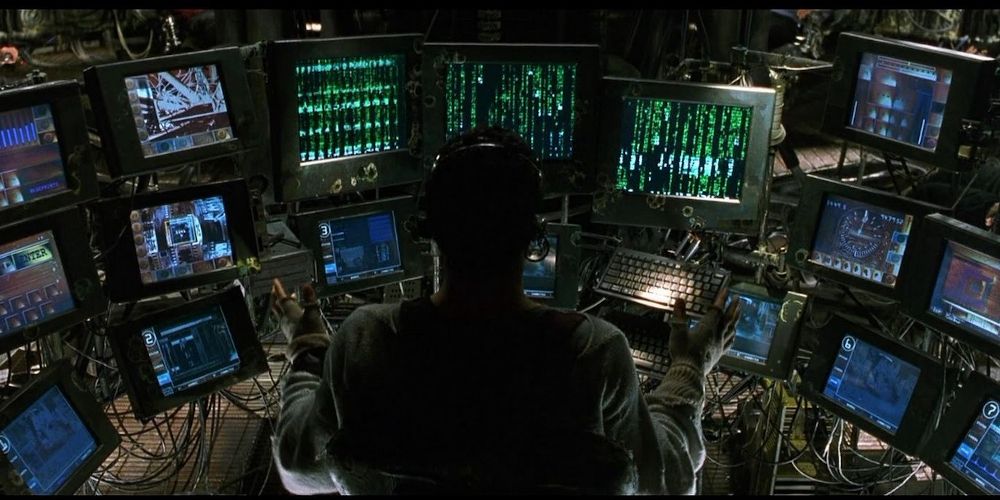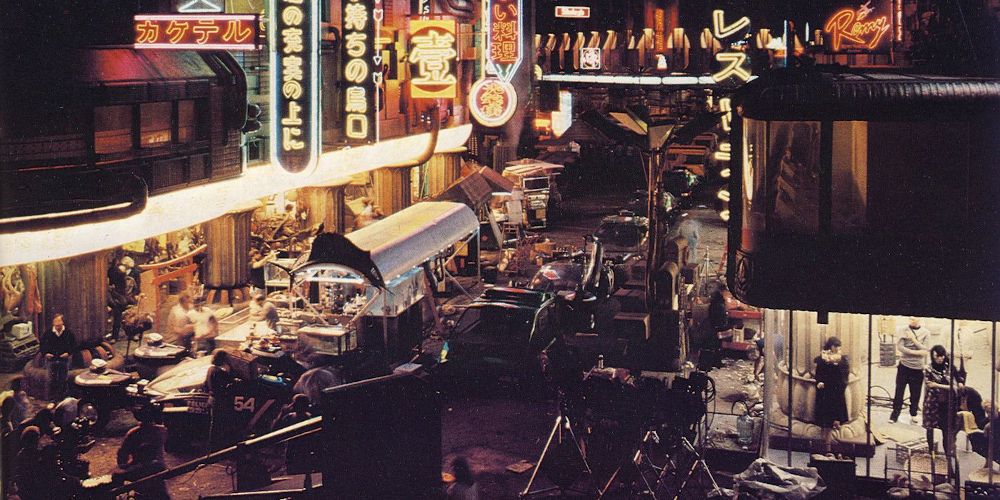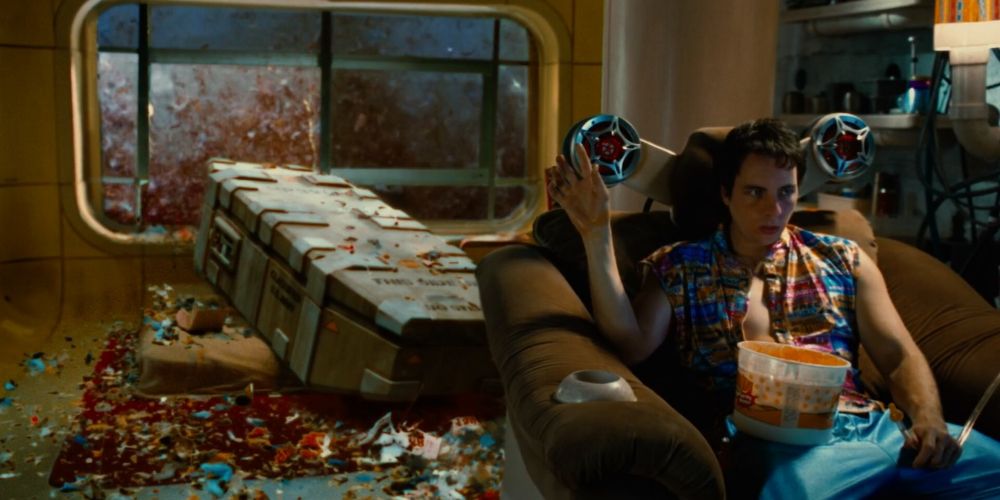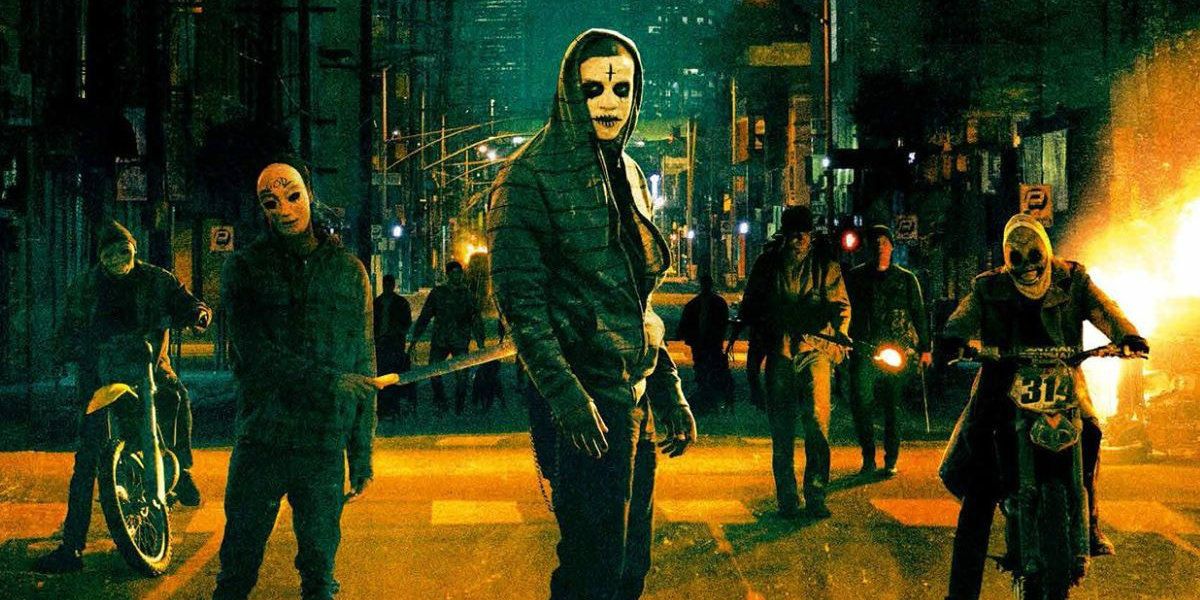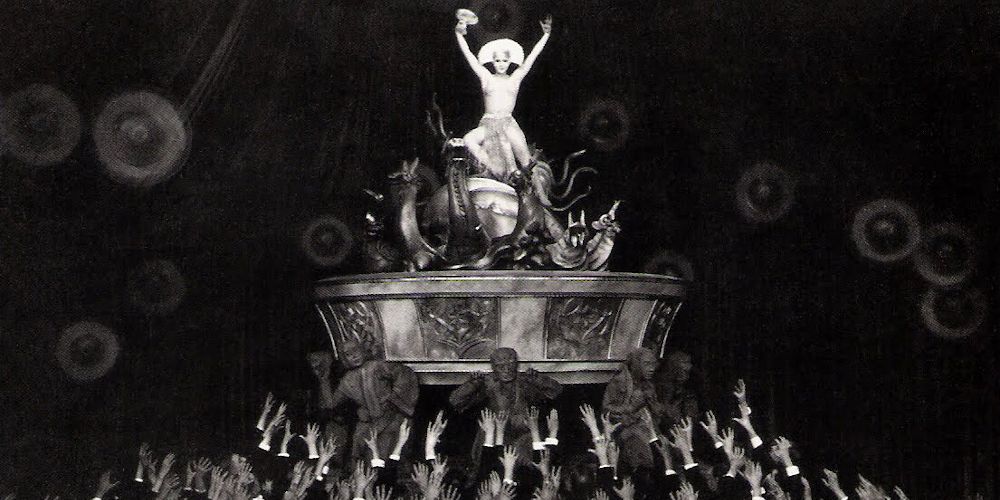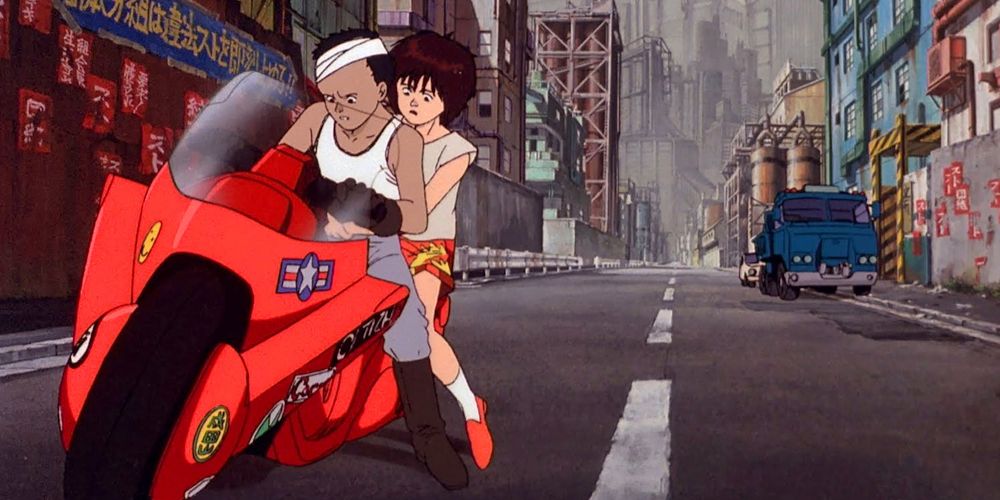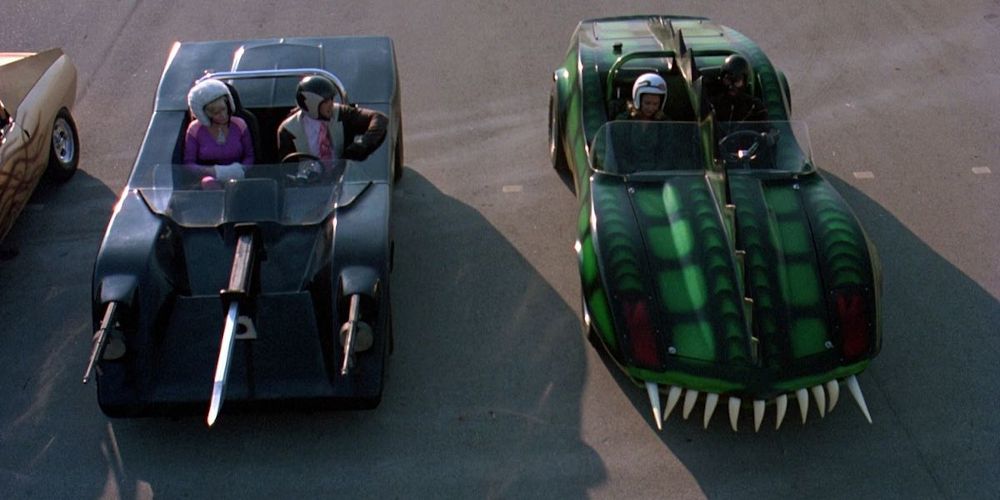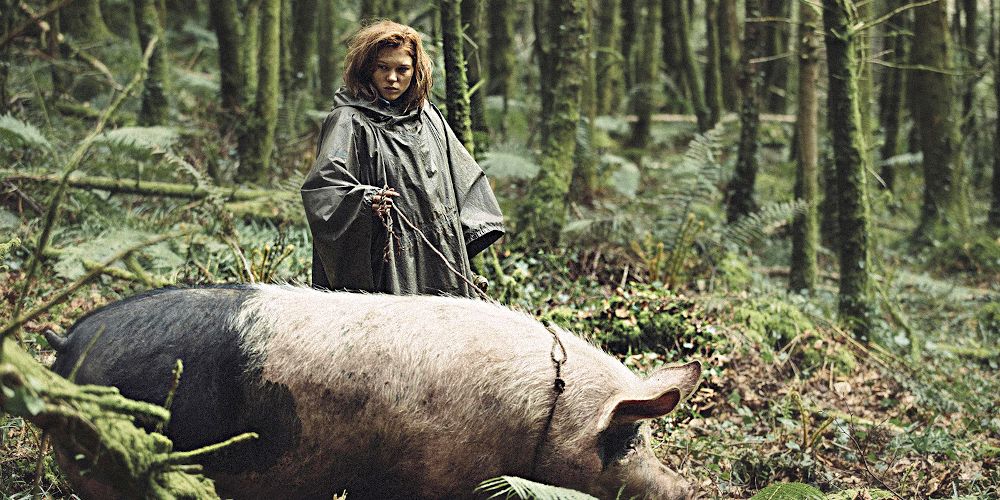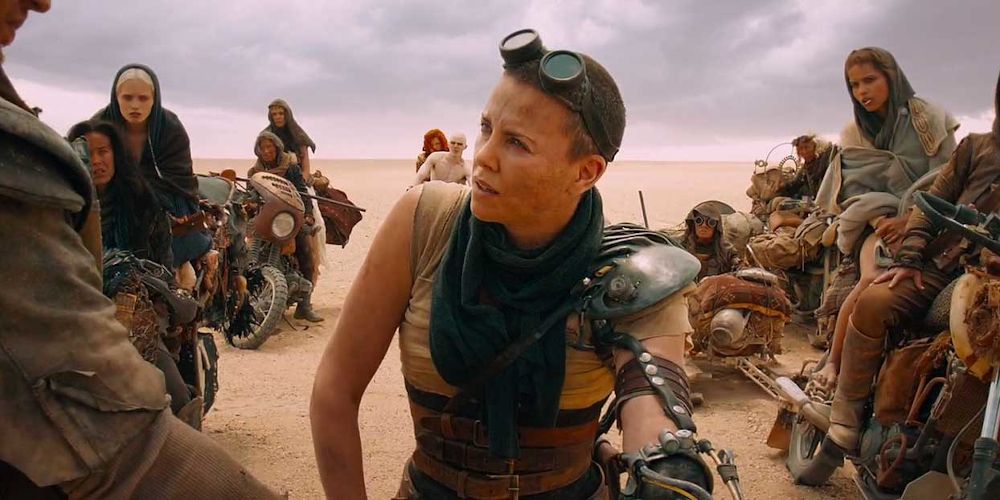The word dystopia is tossed around a lot when people describe the plots of different science fiction movies, but how many of these people actually use the word correctly? Technically, a dystopia is a "bad place" based on its translation from Ancient Greek. Considered the opposite of utopias, dystopias are defined by declines in society. Through war, tyranny, or disasters, dystopias are places - past, present, or future - where freedom and equality are compromised.
In science fiction movies, dystopic societies are often ruled by authoritative technocrats and violence. Some of these dystopias, however, are worse than others. Hypothetically, if the world as you know it came to an end and you were forced to live in one of these dark, apocalyptic environments, you've have a better chance of survival if you found yourself in one of the dystopias listed below.
The Matrix
In this dystopia, ignorance is bliss. While the red pill takers grapple with the fact that humankind is being used by the Machines as energy sources, the vast majority of people "living" in Zion are completely unaware of their circumstances, courtesy of the fictional Mega-City.
The Machines created Mega City to create fictional lives in the minds of humans stored in their power plants. While the human bodies lie strapped in fluid-filled pods, their consciousness exists in the Mega-City, an urban complex that is actually pretty cool. As far as post-apocalyptic scenarios are concerned, things could be much worse.
Blade Runner
While Blade Runner presents a pretty dreary, rainy vision of the future, things are worse for artificial Replicants than they are for humans. In Ridley's Scott dystopian Los Angeles, there are digital billboards, flying cars, video calling, and some seriously stylish clothing options.
There may be an overwhelming sense of sadness and loneliness about the Blade Runner world, and while the smog surrounding the illuminated skyscrapers doesn't help, this isn't that removed from our current reality. Minus the advanced state of the humanoid robots, of course.
Brazil
Terry Gilliam's sci-fi masterpiece takes bureaucracy to its logical conclusion in this Kafka-esque tale. The absurd world depicted by Gilliam - endless paperwork, never-ending queues, and corrupted government offices - seems familiar to anyone who's waited in line at the DMV.
Protagonist Sam's daydreaming, his mother's obsession with physical beauty, and the underground resistance movement are all rooted in actuality, though. While Brazil takes negative cultural trends and hierarchical systems of power to their extremes, Gilliam's dystopic world could be much more heinous.
Idiocracy
In Mike Judge's satire, the year is 2505, and due to the lack of smart people reproducing, humankind and its societal structures have devolved. For those folks living in the weird, corporatized society - where everyone has barcode tattoos - there is no other life to know, and their lack of brain capacity keeps them from questioning anything about their world.
When Joe and Rita arrive on the scene after being in suspended animation chambers for over 500 years, this duo with average intelligence steals the show. While Idiocracy makes some interesting points about what happens when dumb people take control, the world it presents is not that terrifyingly removed from things happening today.
The Purge
In The Purge films, the government attempts to curb violence by creating one lawless night a year where everyone can do whatever they want - no matter how gruesome. For the average person with even an inch of common sense, securing your domicile and taking a few self-defense classes should be enough to keep the trouble at bay.
It doesn't seem to work out this way, though, which is why these movies scare audiences. If you take a moment to really think about it, though, this dystopic alternate reality isn't complete horror and chaos.
Metropolis
In Fritz Lang's 1927 black and white classic, wealthy businessmen and industry tycoons rule from their high-rises while common workers are forced to toil underground. The much-larger population of laborers endures ten-hour workdays while living in despicable and dirty tenements.
Eventually, there is an uprising in Metropolis, and the proletariat fights back against its oppressors. In this dystopian future, at least the workers have enough agency to rally against their rich enemies. It's a grim reality, but not the worst imaginable.
Akira
This 1988 cyberpunk anime classic based on a popular Japanese manga is set in a dystopian 2019. Neo-Toyko is a sprawling metropolis ruled by a corrupt, militarized government performing secret experiments on its citizens. The movie follows rival bicycle gangs as they get caught up in a world of psychic powers and mysterious bureaucrats.
For the vast majority of people in Neo-Toyko, though, rebuilt after it was destroyed in an event called the Singularity, life is pretty normal, as far as living in a city like Toyko goes.
Death Race 2000
Who doesn't dig flashy cars and scenic drives? In Death Race 2000, the US government has transformed into a totalitarian regime, and in order to appease the population, the government introduces the Transcontinental Road Race. In it, five speed car drivers are selected to dart across country in a race defined by gore and violence.
Hitting pedestrians and causing as much mayhem as possible is encouraged, as it seems to excite viewers. While this dystopia is quite dark and wicked, at least it's marked by a little bit of humor. And the best part is that, by the end of the movie, the dictatorship is overthrown.
The Lobster
The Lobster presents an absurd dystopian future where single people only have 45 days to find a suitable mate. If they don't find a mate, they will be transformed into an animal of their choice. The game is on for David, as well as a slew of other guests at the hotel he checks into at the beginning of the movie. If David can't find a lover, he will turn into a lobster.
Despite the film world's mating requirements, as long as you find love, or don't mind being an animal, things won't turn out so bad for you.
Mad Max
The Mad Max franchise takes place in a proxy Australia, where gangs terrorize the Outback after an apocalyptic event. George Miller creates quite a stunning, dusty universe in these films, full of reinforced, yet fast, junk cars and insane hair-dos.
While the barren Australian wilderness may not be the best place to be after an apocalypse, with the right car, the right weapons, and the right attitude, it's possible to survive.


